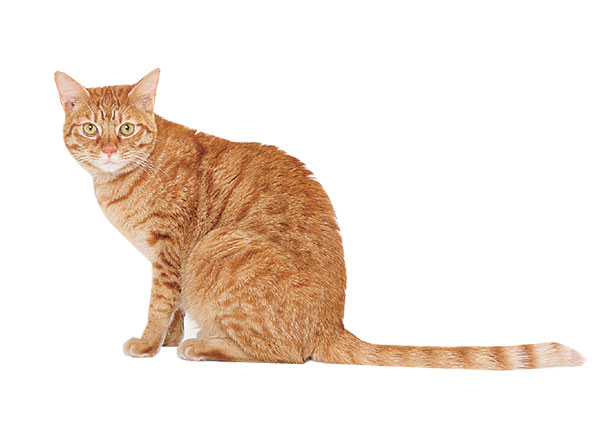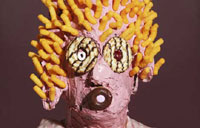Here, hair and everywhere
 |
|
Pets of differing sizes need different brushes. [Photo provided to Shanghai Star] |
A high quality diet, rich in vitamins and essential oils, could help as well. A cat or dog that is fed on a good diet has a shiny, glossy coat, with less hair loss, though the molting cannot be stopped completely.
In other cases, vets say, hair loss of dogs and cats can indicate a medical problem, and thus require a visit to the veterinarian.
Common causes of hair loss include skin parasites and infections, allergies, poor nutrition, abnormal organ function and excessive or deficient hormones.
It may also be associated with other changes in the skin of increased pigmentation, redness, swelling, crusting, flaking, or moist oozing and discharge.
For skin parasites and infections, parasitic fleas, lice, and mites lead to hair loss because they cause itching.
The pet scratches or bites vigorously and the hair is chewed or broken off. The moist, chewed skin is ripe for skin infections with yeast, ringworm, or bacteria.
The ringworm and bacteria can also cause itching, and even more hair is chewed off. Fleas attack the back over hips; lice often attack the back and back legs; mites focus on eyes, ears, mouth, and elbows.
Hair loss caused by parasites is easily remedied with topical parasites treatments and removal of parasites from the environment.
Psychological abuse and stress can also cause hair loss in animals, as well as poor nutrition. For example, dogs with a separation anxiety behavior disorder lick patches of hair off their legs.
Hair requires a constant supply of nutrients to remain anchored in the skin. Nutrients that support healthy hair are the same as those that support healthy skin: vitamins, minerals, antioxidants, and Omega 3 and Omega 6 fatty acids.


















